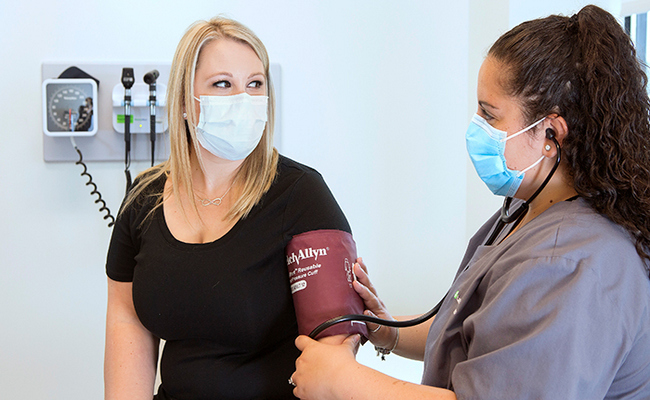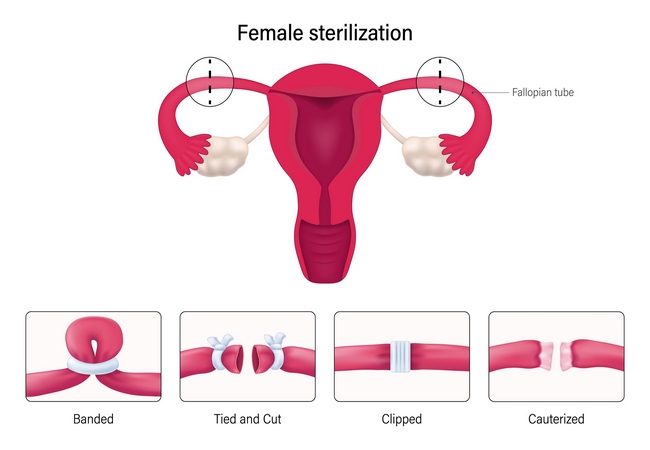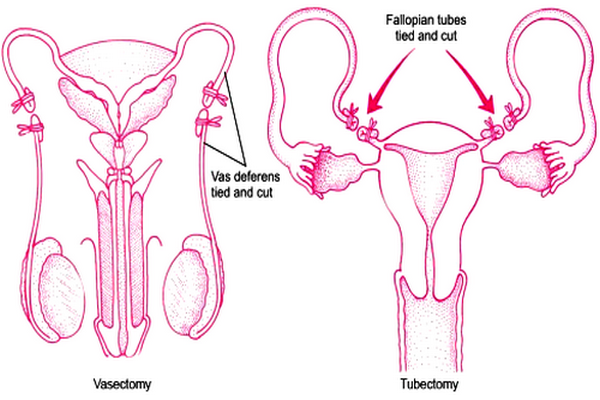Sexual Dysfunction: Types, Causes, Symptoms, Treatment
Sexual Dysfunction in Men and Women:
A low level of sexual desire and interest manifested by a failure or be responsive to a partner’s initiation of sexual activity.

Classification or Types of Sexual Dysfunction:
It includes the following:
- Primary inhibited sexual desire-where the person never felt much sexual desire or interest.
- Secondary inhibited sexual desire-where the person used to possess sexual desire, but no longer has interest.
- Situational to the partner-where he/she has interest in other persons, but not towards the partner.
- General-where he/she lacks sexual interest with anyone.
- Extreme form-the person not only lacks sexual desire, but also finds sex repulsive, revolting and distasteful.
- Discrepancy in sexual interest, levels between two partners, both of whom have interest levels within the normal range.
Psychosocial Causes of Sexual Dysfunction:
It presents in the below:
- Relationship problems, e.g. one partner does not feel emotionally intimate or close to their mate.
- Emotional struggles and conflicts.
- Communication difficulties.
- Lack of time, lack of affection.
- Restrictive upbringing concerning sex.
- Negative attitudes towards sex.
- Traumatic sexual experiences, e.g. incest, rape, sexual abuse.
- Dietary variations.
- Fatigue, insomnia.
- Erection problems, e.g. Impotence or erectile dysfunction.
- Persons whose marriages are lacking in emotional intimacy.
General Causes of Sexual Dysfunction:
Endocrine causes:
- Diabetes,
- Hyperthyroidism,
- Myxoedenma,
- Addison’s disease,
- Hyper-prolactinaemia.
Cardiovascular causes:
- Angina pectoris,
- Previous myocardial infarction.
Neurological causes:
- Pelvic autonomic neuropathy,
- Spinal cord lesions,
- Stroke.
Gynecological causes:
- Vaginitis,
- Endometriosis,
- Pelvic infections.
Respiratory causes:
- Asthma,
- Obstructive airways disease.
Assessment of sexual dysfunctions:
- Define the problem.
- Origin and course
- Has the problem occurred with more than one partner?
- Knowledge of sexual technique and anxiety about sex.
- Social relationships with the opposite sex.
- The couple’s social relationship (marital conflict).
- Psychiatric disorders.
- Physical illness and medical & surgical treatment.
- Strength of sexual drive:
- Frequency of intercourse and masturbation,
- About sexual thoughts,
- Feeling of sexual arousal.
Physical examination:
- Hair distribution,
- Gynaecomastia,
- Blood pressure,
- Peripheral pulses,
- Ocular fundi,
- Reflexes,
- Peripheral sensation.
Specific examination:
- Testicles
- Prostate
- Penis examination:
- Muscular,
- Vascular,
- Neurological.
Lab investigations:
- Blood sugar,
- Serum testosterone,
- Serum prolactin,
- Thyroid function test.
Treatment of Sexual Dysfunction:
It includes-
- Individualized to the factors that may be inhibiting sexual interest.
- Relationship enhancement work through marital therapy.
- Psychotherapy and counseling towards conflict resolution, enhancement of loving relationship, overcome strained relationship.
- Communication training, showing empathetic understanding.
More questions related to this article:
- Define sexual dysfunction.
- What is sexual dysfunctions in men and women?
- Classify sexual dysfunctions.
- Write down psychosocial causes of sexual dysfunctions.
- What are the general causes of sexual dysfunctions?
- How will you assess the clients with sexual dysfunctions?
- Enumerate the treatments of sexual dysfunction.











